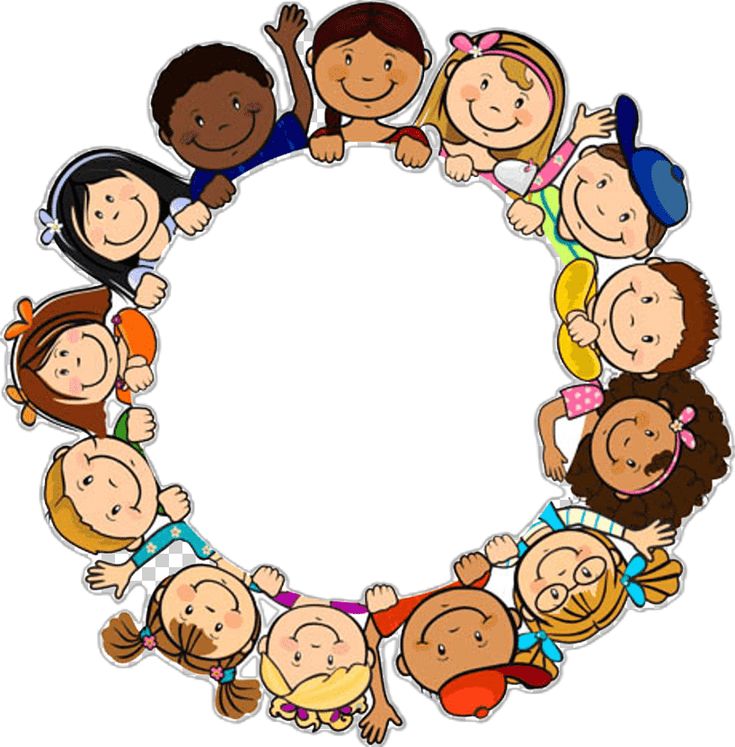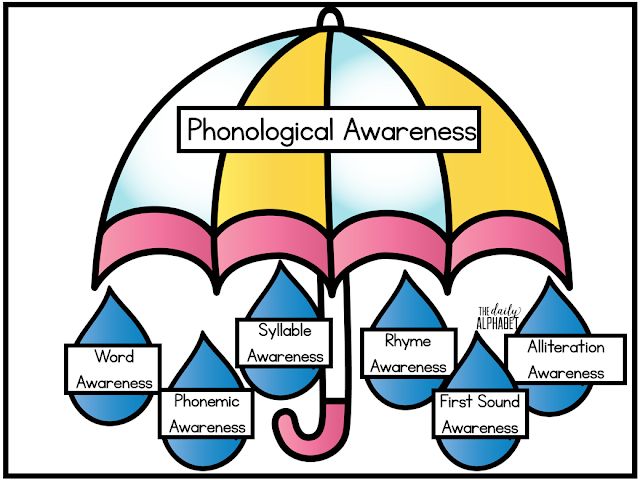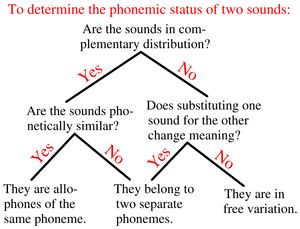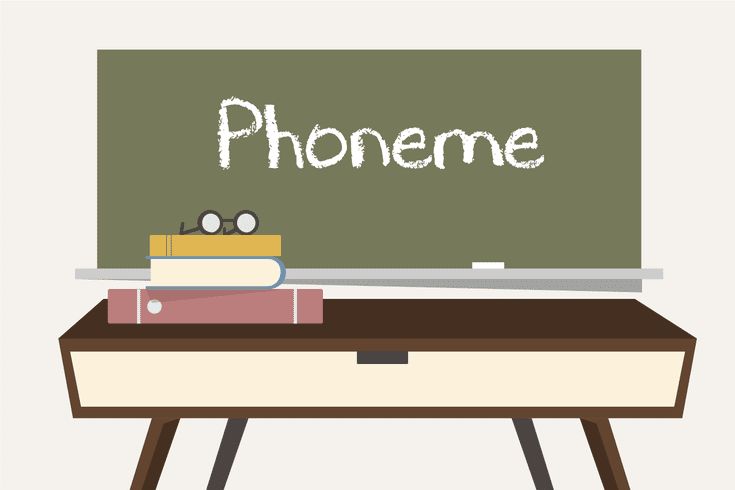Education
Private Schools
Private schools are educational institutions that are not operated by government entities and are funded primarily through tuition fees and private donations. These schools offer an alternative to public education and often have more flexibility in their curriculum, teaching methods, and admission policies. Key characteristics of private schools include: While private schools can offer numerous […]
Education
Primary, Secondary, and Weak Stress
In linguistics and phonology, stress refers to the emphasis placed on certain syllables within words or phrases. Understanding the different levels of stress is crucial for proper pronunciation and communication. Understanding stress patterns is essential for language learners, as it affects word recognition, rhythm, and overall comprehension in spoken language.
Education
Primary Sources
Primary sources are original, first-hand accounts or direct evidence of historical events, scientific discoveries, or creative works. These sources are created at the time of the event or shortly after by individuals who directly experienced or witnessed the occurrence. Types of primary sources include: Primary sources are invaluable in historical research, scientific inquiry, and literary […]
Education
Primary Circular Reactions
Primary circular reactions are a concept in developmental psychology, specifically in Jean Piaget’s theory of cognitive development. These reactions occur during the first stage of sensorimotor development, typically between 1 and 4 months of age. Characteristics of primary circular reactions include: Examples of primary circular reactions include: These reactions are crucial for early cognitive development, […]
Education
What are Phonotactics?
Phonotactics refers to the rules governing the possible combinations of phonemes in a language. These rules determine which sequences of sounds are permissible in a given language and which are not. Phonotactic constraints vary across languages, contributing to the unique sound patterns of each language. Key aspects of phonotactics include: Understanding phonotactics is crucial for […]
Education
What are Phonological Theories?
Phonological theories are frameworks developed by linguists to explain the sound patterns of languages and how they function within language systems. These theories aim to describe and predict phonological phenomena across languages, providing insights into the underlying principles governing sound structures. Some key phonological theories include: These theories have significant implications for understanding language acquisition, […]
Education
What are Phonics?
Phonics is a method of teaching reading and writing in English by developing learners’ phonemic awareness—the ability to hear, identify, and manipulate phonemes. This approach helps students understand the relationship between these sounds and their spelling representations, or graphemes. The phonics approach is based on the alphabetic principle, the understanding that letters represent sounds. It […]
Education
What are Phones, Phonemes, and Allophones?
Phones, phonemes, and allophones are related concepts in phonology, the study of sound systems in languages. The relationship between these concepts can be summarized as follows: Phones are the actual sounds produced, phonemes are the abstract sound categories that distinguish meaning, and allophones are the variant realizations of a phoneme that don’t change meaning. Understanding […]
Education
What are Phonemes?
Phonemes are the smallest units of sound in a language that can distinguish one word from another. They are abstract concepts rather than physical sounds, representing the basic categories of sounds that speakers of a language recognize as distinct. For example, in English, the sounds represented by /p/ and /b/ are different phonemes because they […]
Education
Performance Goals
Performance goals are specific, measurable objectives set by individuals or organizations to guide efforts and evaluate success. These goals focus on demonstrating competence or ability, often in comparison to others or predetermined standards. Key characteristics of performance goals: Types of performance goals: Benefits of setting performance goals: Potential drawbacks:














